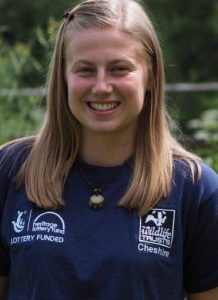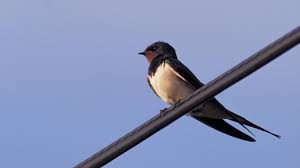Saltscape partner Cheshire Wildlife Trust is delivering a grassland restoration project along the River Weaver and the Weaver Navigation. In her final blog, Ruby Merriman, Saltscape trainee with the Trust, tells us more about her favourite species and recalls hot summer days working on grassland sites earlier this summer!
“For this Saltscape project, Cheshire Wildlife Trust is working closely with landowners and tenants to provide advice and management plans and deliver habitat management work across some Local Wildlife Sites. Sites have been chosen because they are in poor condition for biodiversity and require a range of management interventions in order to improve habitats for wildlife.
The type of habitat management we carry out includes scrub removal, installing infrastructure so that grazing can be undertaken on site, and techniques such as cutting and baling to help manage the grassland. During my first 4 months as a Saltscape trainee I have had the opportunity to visit and survey a lot of grassland sites, and amazingly all in beautiful sunny weather! I’ve learnt a tonne of new species, especially plants, and I have picked up on a lot of reoccurring species across the Saltscape area. This time I’ll be looking at butterflies and birds.
Butterflies
Semi- natural grassland supports more species of butterfly than any other habitat in the UK, so the grassland restoration we’re working towards will hopefully help these beautiful invertebrates across the Saltscape area. Butterflies are great indicators for invertebrate numbers and diversity, so they’re always great to see in any habitat.
Meadow brown
If a brown, medium sized butterfly flits past you on a grassland in Cheshire, it’s probably a meadow brown. They’ve been the most common butterfly I’ve personally seen this year, feeding on common plants such as bramble, knapweed and thistle. The best time to see them is morning when their wings are open whilst resting to warm them up. Any other time you’d find it very difficult to see their forewings! The great thing about the Meadow brown is that it even flies in dull weather, so you can spot them even on a cloudy day!
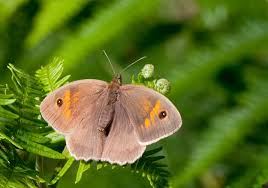
Large skipper
Large skippers are common grassland butterflies, as they use common grasses such as cocks-foot as their caterpillar food plant. The large skipper can be distinguished from others by the chequered pattern on its wings, the small skipper having a much smoother appearance. Skippers do well on uncut grassland, so it’s always good to do any cutting on a 3 year rotation to leave uncut areas for the pupae to develop. They can be seen flying from June-August.
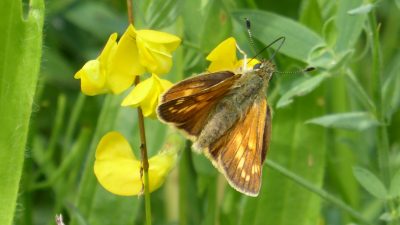
Buzzard
I think I’ve seen a buzzard at every single site I’ve visited, which is fantastic to see and a good indicator that there’s plenty of prey about. They are one of the largest raptors you’re likely to come across, having a distinct mournful ‘mewing’ call as they circle above. They actually breed in woodland but make use of grassland sites for hunting small mammals such as rabbits. One of my highlights has been seeing a buzzard sunbathing on top of the salt mounds in Northwich- a fitting scene for the Saltscape project!
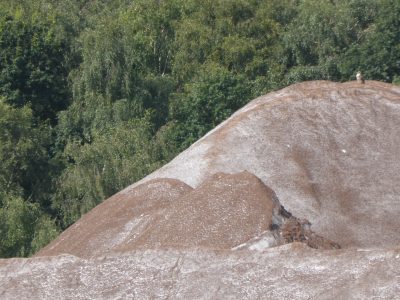
Wren
One of the most common UK birds, although not often sighted, I’ve seen and heard many wrens making use of the scrubby areas on the grassland sites. They will flit about amongst the vegetation searching for insects, with a small cocked tail when perched. The wren also has one of the loudest songs relative to body size, it truly is an impressive volume for such a little bird!
Swallow
These attractive little birds with long tail streamers are a common site on open habitats including grassland, where they feed on emerging insects. They have a great chattering sound and they’re always brilliant to watch when hunting, where they show off their flying skills.
Chiffchaff
The chiffchaff’s simple song is a true sign of spring and summer, and it is a very common sound across the UK. It is a small warbler that feeds on insects, and must like the UK as it is one of the first migrants to arrive and last to leave in autumn.”
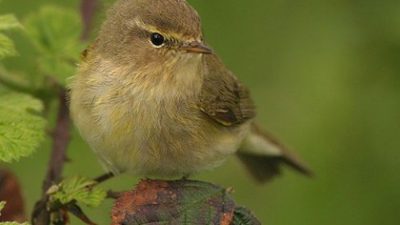
Photos : Ruby Merriman, RSPB, Butterfly Conservation

